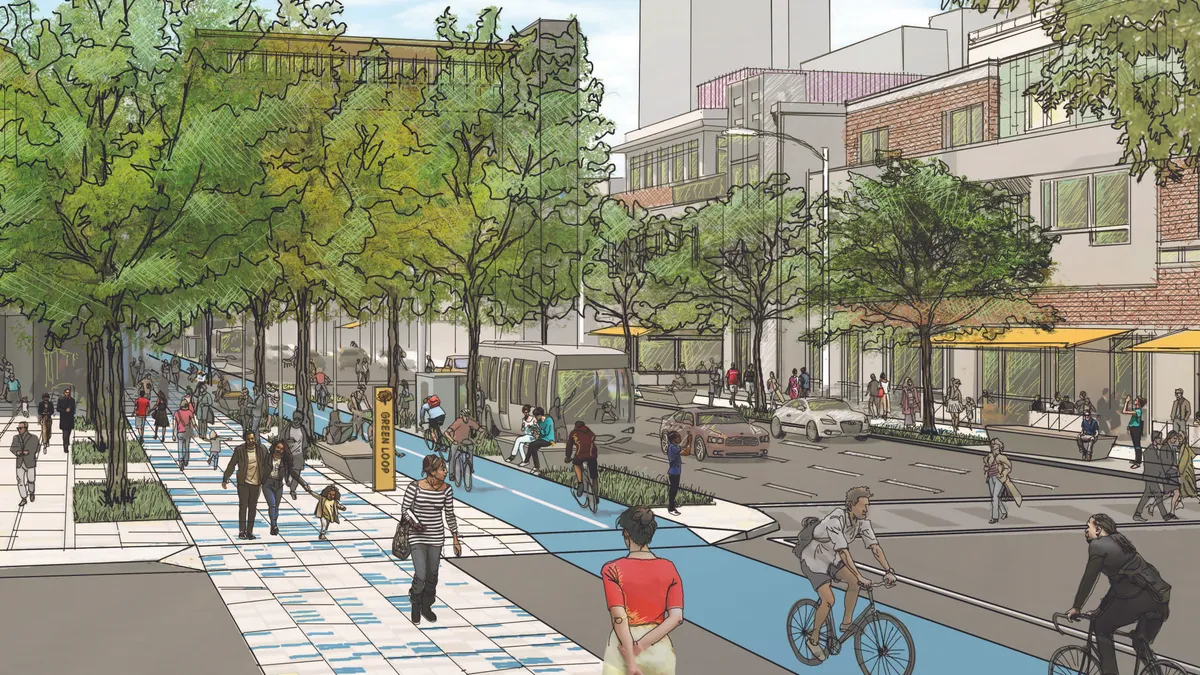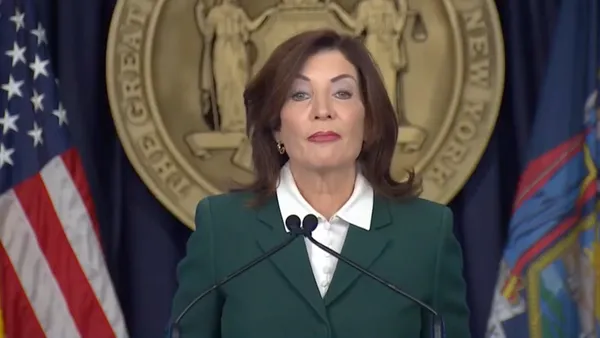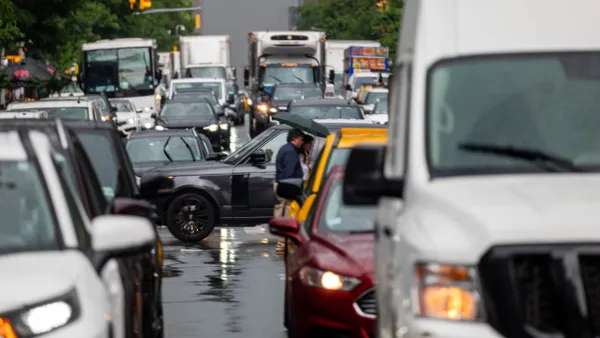Dive Brief:
- Houston Mayor Sylvester Turner and Rice University recently announced plans for a 9.4-acre innovation district, to be anchored to the 75-year-old former Sears building in Midtown, according to a statement. The district will be home to housing, food and entertainment, as well as "iconic" public space and leading infrastructure.
- The University of Houston, the University of Houston-Downtown, Texas Southern University, the University of St. Thomas, Houston Baptist University, South Texas College of Law Houston, Houston Community College and Lone Star College have all reportedly expressed support for the project and intention to participate. It is projected all of these institutions, as well as the Texas Medical Center (TMC), will be better connected through the innovation district.
- "We are laying the groundwork to make Houston the next great center for startups and imaginative endeavors in the digital universe, and now we have a pivotal physical home for our work on the next frontier," Turner said in a statement.
Dive Insight:
The city first teased its Innovation District as part of its "Plan Downtown," a 20-year plan to redevelop the city's downtown area, which was released in November 2017. Along with the Innovation District, the city highlighted strategies for enhancing walkability, improving the transit circuit, building new residential units and adopting autonomous vehicles (AVs). Most significantly, the city also began to strengthen its flood resiliency plans through new construction standards and flood warning systems — much needed improvements following the devastating Hurricane Harvey that swept over Houston in August 2017.
Houston Exponential (HX) Chairwoman Gina Luna dubbed the formation of the innovation district as a "significant milestone" in the overall plan to redevelop Houston. "This announcement builds on the momentum we’ve created over the last year ... This is incredibly exciting for Houston," she said in a statement.
The innovation district announcement is also motivated by the city's disappointing absence from Amazon's shortlist of HQ2 finalists. Houston officials took the news as a wakeup call to make Houston a more inviting city, and let that missed opportunity open the door for further development. "While there has been growing momentum in the innovation space over the last couple of years, this is a clear indication that we have much more work to do as a region to grow our digital economy," Greater Houston Partnership CEO Bob Harvey said in a January statement to the Houston Chronicle.
William Fulton, director of the Kinder Institute for Urban Research at Rice University, explained in a guest post for the Houston Chronicle there are eight characteristics necessary for a successful innovation district: it must have a platform for all kinds of activity; a critical mass; an "ecosystem" environment; a long-term agenda; participation from civic visionaries as well as business entrepreneurs; a number of "small-scale" developments; an ideal geographical location; and it must be an anchor for the regional and state economy. While renovating the former Sears building is a significant undertaking to move the innovation district forward, it is important that the city keep all eight characteristics in mind during development.











